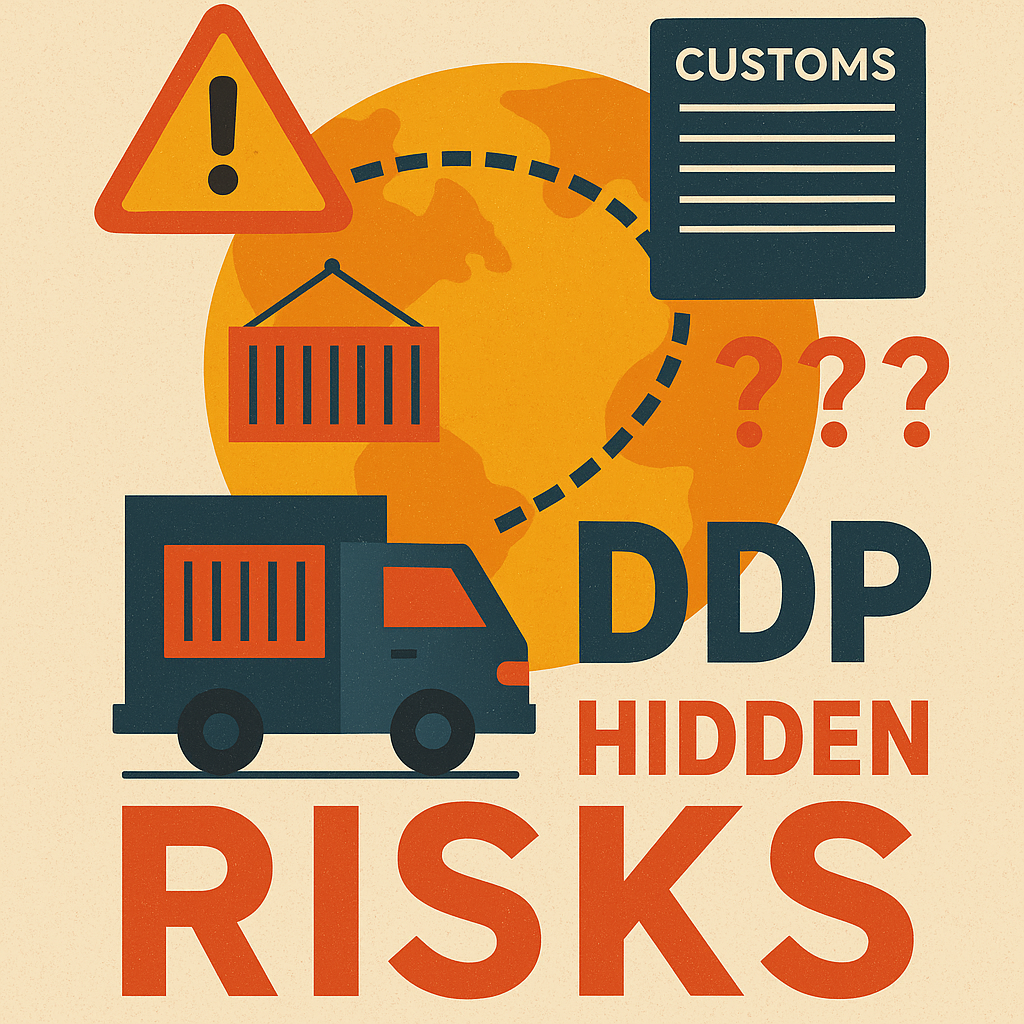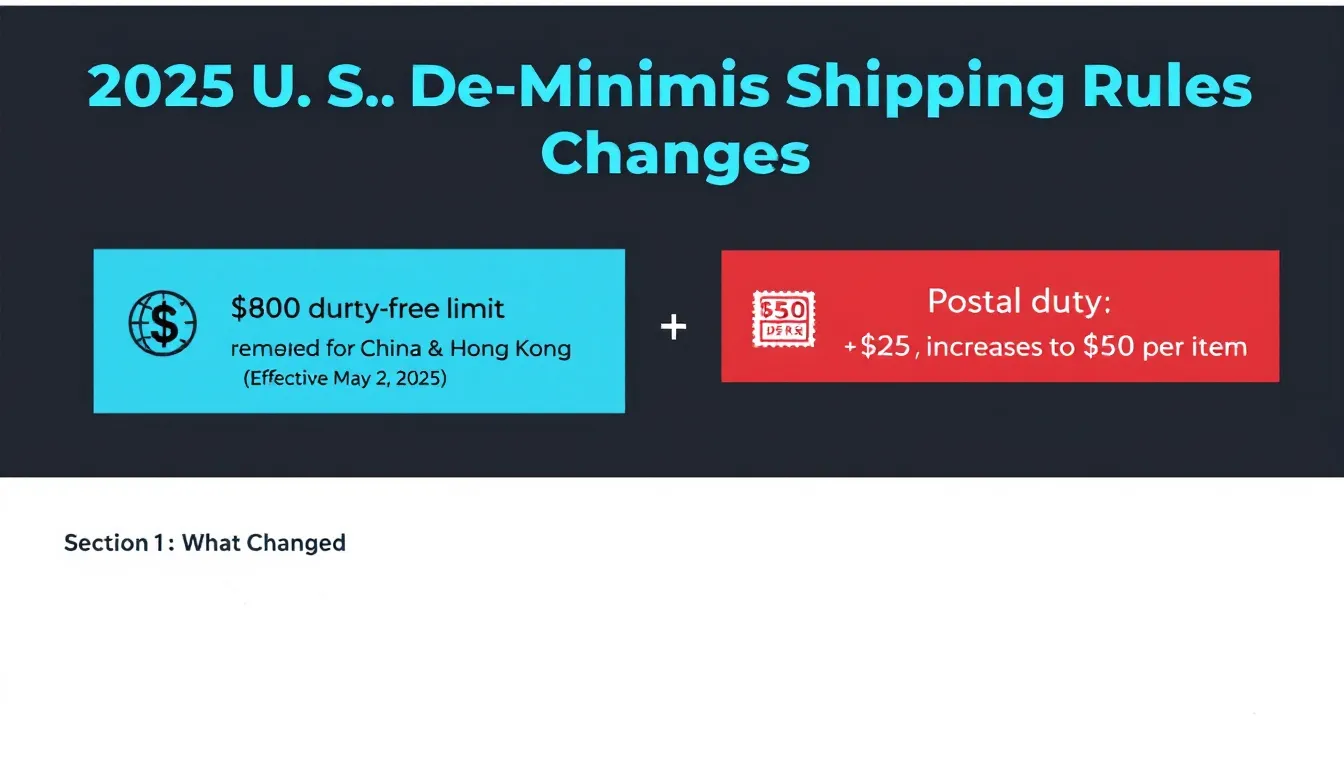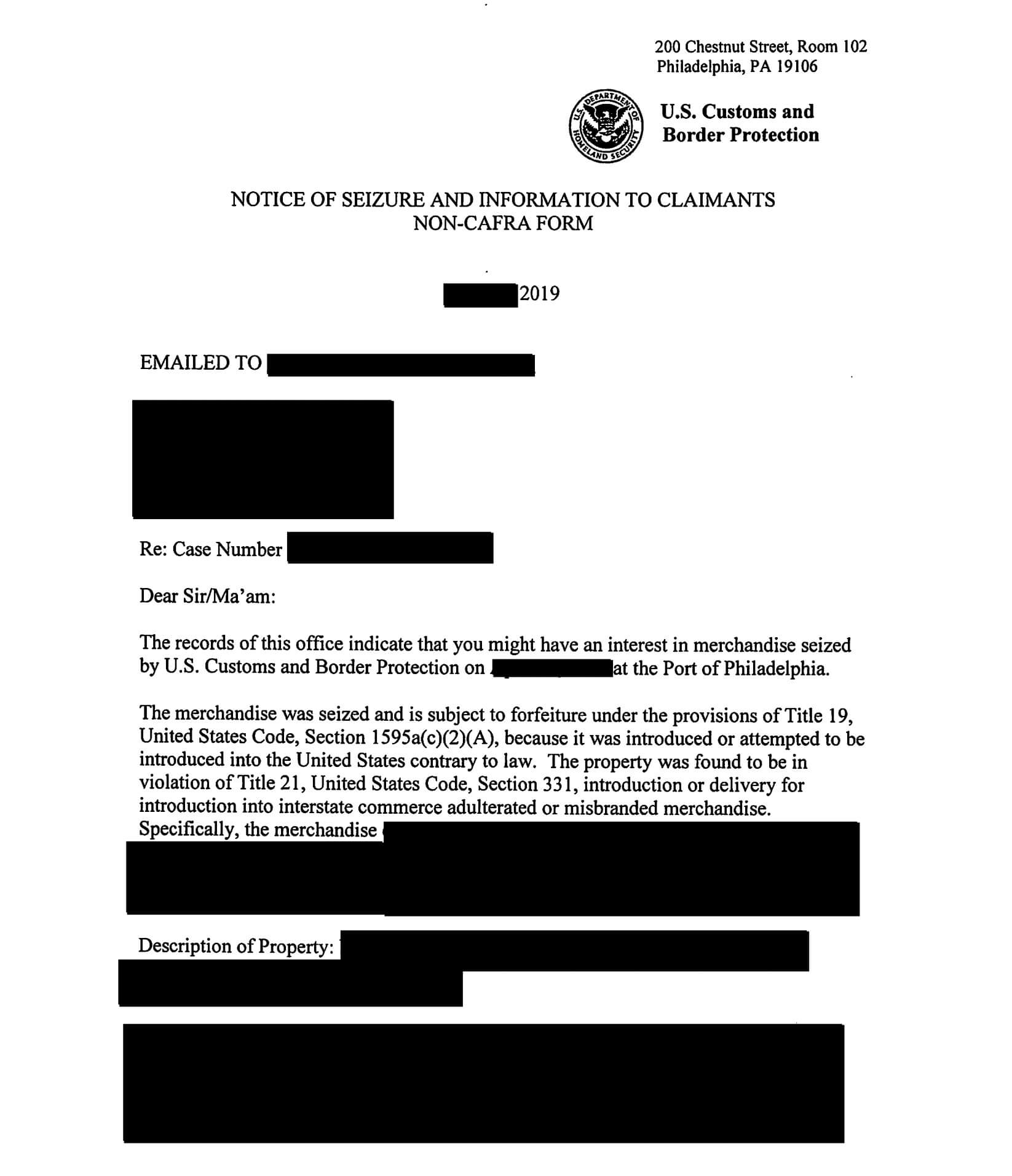Import and export classification systems serve as critical frameworks that facilitate the smooth flow of goods across international borders. By assigning specific codes and categories to products, these systems enable governments, businesses, and customs authorities to accurately identify, track, and regulate the movement of goods.
Understanding Import and Export Classification Systems
Import and export classification systems are standardized methods employed worldwide to classify products based on their characteristics, composition, intended use, and other relevant factors. These systems ensure uniformity and consistency in the categorization of goods, enabling efficient customs procedures, trade statistics, and tariff administration.
One of the widely adopted classification systems is the Harmonized System (HS), developed and maintained by the World Customs Organization (WCO). The HS assigns unique codes to over 5,000 product categories, allowing for harmonized classification across countries.
Another commonly used classification system is the Standard International Trade Classification (SITC), which was developed by the United Nations Statistics Division. The SITC is primarily used for statistical purposes and provides a more detailed breakdown of products compared to the HS. It classifies goods into different categories based on their nature, purpose, and level of processing.
Exploring the Importance of Import and Export Classification
The importance of accurate import and export classification cannot be overstated. It forms the basis for determining applicable tariffs, trade restrictions, and licensing requirements. Additionally, proper classification ensures compliance with various regulations, such as those related to labelling, safety standards, and environmental protection.
For businesses, correct classification is crucial for effective supply chain management, invoice accuracy, and customs declaration. It enables seamless coordination with logistics providers, reduces the risk of delays or penalties, and enhances overall trade compliance.
Furthermore, accurate import and export classification plays a significant role in international trade statistics and economic analysis. Governments and organizations rely on this data to monitor trade flows, identify market trends, and develop trade policies. By accurately classifying goods, countries can assess their import and export performance, identify potential trade imbalances, and make informed decisions to promote economic growth and development.
An Overview of Import and Export Classification Methods
Import and export classification methods vary depending on the country and industry. However, they generally involve a detailed analysis of the product’s characteristics, composition, intended use, functions, and components. Classification decision-making often relies on specialized knowledge, expertise, and consultation with trade professionals or customs authorities.
Typically, import and export classification involves referencing official classification guides, manuals, or databases provided by national customs administrations. These resources outline specific criteria and guidelines for determining the correct classification code for each product.
One common method used in import and export classification is the Harmonized System (HS). The HS is an internationally recognized system for classifying traded products. It consists of a hierarchical structure with six digits, which are further subdivided into more specific codes. The HS codes provide a standardized way to identify and categorize products for customs purposes.
In addition to the HS, some countries may have their own specific classification systems. For example, the United States uses the Harmonized Tariff Schedule (HTS), which is based on the HS but includes additional subheadings and notes specific to U.S. trade policies. These country-specific systems may require additional research and understanding to accurately classify products for import or export.
The Role of Harmonized System (HS) in Import and Export Classification
The Harmonized System (HS) plays a central role in import and export classification. Adopted by more than 200 countries, the HS provides a standardized framework for categorizing and coding products. It harmonizes international trade statistics, facilitates customs procedures, and enables the negotiation of trade agreements.
The HS code, consisting of six digits, provides a general classification for a product. However, countries often extend these codes further by adding additional digits to create their national tariff schedules, resulting in more precise classifications.
One of the key benefits of the Harmonized System (HS) is its ability to facilitate international trade by providing a common language for classifying products. This standardization allows for easier communication and understanding between trading partners, reducing the potential for misunderstandings or disputes.
In addition to its role in import and export classification, the HS also serves as a valuable tool for data analysis and research. By using the HS codes, researchers and policymakers can analyze trade patterns, identify emerging markets, and assess the impact of trade policies on specific industries or regions.
Key Differences Between Import and Export Classification Systems
While import and export classification systems share common objectives, there are notable differences in their application. Import classification focuses on determining the appropriate tariff rate and regulatory requirements for products entering a country, ensuring compliance with national laws and regulations.
In contrast, export classification aims to identify any export restrictions, embargoes, licensing requirements, or permits needed for specific goods. It also plays a crucial role in trade statistics, as accurately reported export classifications contribute to the compilation of national and international trade data.
How Import and Export Classification Affects International Trade
The accuracy and consistency of import and export classifications significantly impact international trade. Harmonized and well-defined classification systems contribute to fair and transparent trade practices. They foster trust and predictability among trading partners, reducing the risk of disputes and uncertainties.
Furthermore, import and export classifications influence the determination of tariff rates and preferential treatment under trade agreements. Different classifications can result in varying duty rates, exemptions, or special treatment, affecting the competitiveness and profitability of businesses.
The Impact of Import and Export Classification on Customs Regulations
Customs regulations heavily rely on import and export classifications to determine the appropriate duties, taxes, and fees payable by importers and exporters. Accurate classification helps ensure compliance with customs regulations, avoiding potential penalties, delays, or shipment seizures.
Customs authorities use classification information to assess the legitimacy of declared goods, detect potential smuggling or fraud, and verify compliance with regulatory requirements. A robust classification system enables effective risk management and enhances border security by enabling authorities to target high-risk shipments for further inspection.
Analyzing the Connection Between Tariffs and Import/Export Classifications
Tariffs, commonly imposed on imported goods, are directly linked to import and export classifications. Classification codes determine the applicable tariff rates, helping customs authorities and businesses navigate complex duty structures.
Importers must correctly classify their products to ensure they pay the correct amount of customs duties. Conversely, incorrect classification can lead to underpayment or overpayment of duties, potentially triggering customs audits and financial implications.
The Role of World Customs Organization (WCO) in Standardizing Import/Export Classifications
The World Customs Organization (WCO) serves as the global authority for customs matters and plays a vital role in the standardization of import and export classifications. The WCO develops and maintains the Harmonized System (HS), ensuring global uniformity in classification practices.
Through ongoing collaboration with customs administrations, businesses, and industry stakeholders, the WCO continues to refine and update the HS, incorporating technological advancements, emerging trade patterns, and evolving regulatory requirements.
Implications of Incorrect Import and Export Classifications on Trade Compliance
Incorrect import and export classifications can have severe consequences for trade compliance. In addition to potential financial penalties and delays, inaccurate classifications can erode trust between trading partners, leading to strained relationships or the loss of business opportunities.
Moreover, incorrect classifications may result in the violation of export control regulations, leading to legal ramifications and reputational damage. To prevent such issues, businesses should invest in robust classification processes, training programs, and regular audits to ensure compliance with applicable regulations.
Navigating the Complexities of Import and Export Documentation Requirements
Import and export documentation requirements are closely intertwined with classification processes. Accurate and complete documentation is essential to demonstrate compliance, streamline customs clearance, and mitigate risks.
Documentation typically includes commercial invoices, packing lists, bills of lading, certificates of origin, and import/export licenses or permits. Each document serves a specific purpose, and diligent adherence to documentation requirements is crucial to avoid delays, penalties, or shipment rejections.
Case Studies: Real-life Examples of Import/Export Classifications in Different Industries
Real-life case studies provide valuable insights into the practical application of import/export classifications across various industries. By examining examples from sectors such as automotive, pharmaceuticals, electronics, and food products, we can see how accurate classification affects supply chain efficiency, tariff liabilities, and compliance obligations.
These case studies highlight the importance of industry-specific knowledge, collaboration between stakeholders, and keeping abreast of regulatory updates to ensure correct classification and optimal trade outcomes.
The Future Outlook for Import/Export Classifications in a Globalized Economy
In a rapidly evolving global economy, import and export classifications will continue to play a pivotal role in facilitating trade. As supply chains become increasingly complex and globalized, the need for accurate and efficient classification systems will only grow.
Emerging technologies, such as automation, artificial intelligence, and machine learning, are likely to reshape classification processes, offering opportunities for greater accuracy, speed, and standardization. However, human expertise and continuous collaboration among customs administrations, businesses, and international organizations will remain critical to ensure the efficacy and adaptability of classification systems.
Best Practices for Efficiently Managing Import and Export Classification Processes
Efficient management of import and export classification processes is essential for businesses to mitigate risks, maintain compliance, and optimize trade outcomes. The following best practices can help streamline classification processes:
- Develop a strong understanding of the applicable classification system(s) and ensure ongoing training for personnel involved in classification decisions.
- Establish clear internal procedures and guidelines to ensure consistent and accurate classification across the organization.
- Invest in technology solutions that automate classification processes, enhance data accuracy, and improve efficiency.
- Maintain proactive engagement with customs authorities, industry experts, and trade associations to stay updated on regulatory changes and industry best practices.
Exploring the Relationship between Harmonized Tariff Schedule (HTS) Codes and Import/Export Classifications
The Harmonized Tariff Schedule (HTS) codes are closely tied to import/export classifications. HTS codes are specific to the United States and are an extension of the six-digit HS codes. These codes offer more detailed classifications, providing clarity on duty rates and special trade programs applicable to goods imported into the United States.
Businesses engaged in international trade with the United States must accurately determine the applicable HTS codes to ensure proper tariff assessment, compliance with customs regulations, and participation in preferential trade programs such as Free Trade Agreements.
How Technology is Shaping the Future of Import/Export Classifications
Technology is revolutionizing import/export classifications, offering opportunities for increased accuracy, efficiency, and automation. Advanced software systems leverage machine learning algorithms, natural language processing, and data analytics to improve classification decision-making.
Automated classification solutions can analyze product specifications, images, trade descriptions, and other relevant data points to determine accurate classifications. This technology reduces reliance on manual processes, enhances consistency, and mitigates human errors, resulting in improved trade compliance and operational efficiency.
In conclusion, import and export classification systems play a crucial role in international trade. Understanding these classification systems, their methodologies, and implications is instrumental for businesses, customs authorities, and other stakeholders. By classifying products accurately, companies can ensure compliance with regulations, minimize trade risks, and streamline their global supply chains.






